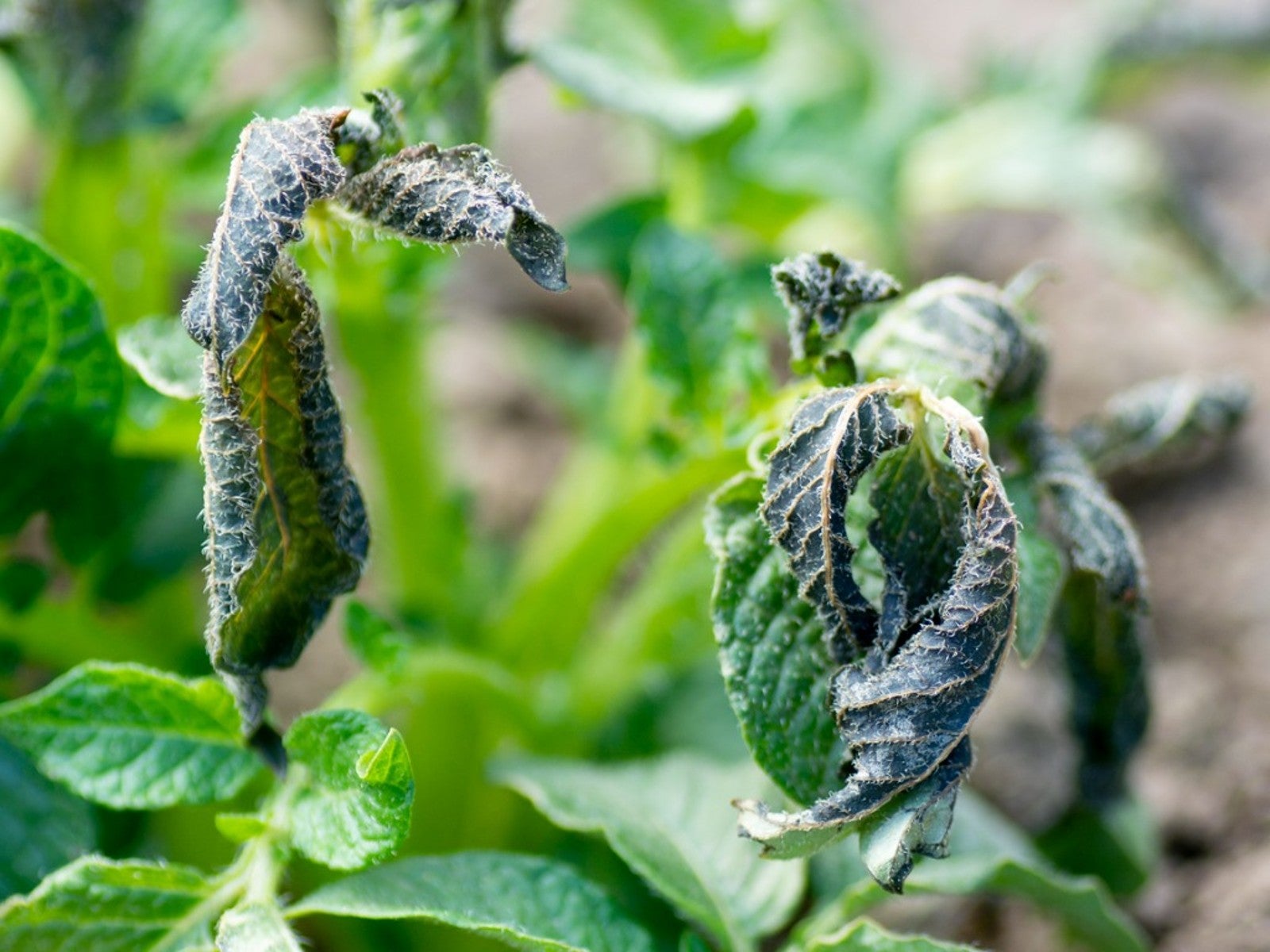Understanding Freeze Warnings: Essential Guide to Protecting Your Property and Plants
Understanding Freeze Warnings: Essential Guide to Protecting Your Property and Plants
Quick Navigation:
As temperatures begin to drop across the United States, understanding freeze warnings becomes crucial for protecting your property, plants, and ensuring your safety. The National Weather Service issues these critical alerts to help Americans prepare for potentially damaging cold weather conditions that can affect agriculture, gardening, and daily life.

What is a Freeze Warning?
A freeze warning is an official weather alert issued by the National Weather Service when temperatures are forecast to drop to 32°F (0°C) or below for an extended period. This critical threshold marks the point where water begins to freeze, potentially causing significant damage to crops, residential plants, and outdoor plumbing systems.
Unlike frost advisories which warn of lighter cold conditions, freeze warnings indicate more severe and widespread freezing temperatures that pose serious threats to temperature-sensitive vegetation and infrastructure. These warnings are primarily issued during the growing season - both in spring when new growth is vulnerable and in autumn before the first widespread freeze marks the end of the growing season.
Temperature Thresholds and Timing
Understanding the specific temperature criteria helps you gauge the severity of approaching cold weather:
- Freeze Warning: Temperatures at or below 32°F for 2+ hours
- Hard Freeze Warning: Temperatures below 28°F for extended periods
- Extreme Cold Warning: Life-threatening temperatures varying by region

The timing of freeze warnings varies significantly across the United States. Northern states typically see their first freeze warnings in early to mid-October, while southern regions may not experience freezing conditions until November or December. In mountainous areas, freeze conditions can occur as early as September.
Types of Freeze Alerts: Watches, Warnings, and Advisories
The National Weather Service uses a tiered system to communicate freeze risks:
Freeze Watch
Issued 24-36 hours in advance when freezing temperatures are possible. This gives you time to prepare protective measures but doesn't guarantee freezing will occur.
Freeze Warning
Issued when freezing temperatures are expected within 12-24 hours. Immediate action is required to protect vulnerable plants and outdoor systems.
Frost Advisory
Issued when temperatures between 33-36°F are expected on clear, calm nights. While not technically freezing, these conditions can still damage sensitive plants.

How to Protect Your Plants During Freeze Warnings
When a freeze warning is issued, swift action can save your garden investments and landscaping:
Immediate Protection Strategies
- Cover Plants: Use blankets, tarps, or commercial frost cloths to create insulation. Ensure coverings reach the ground to trap warm air.
- Move Potted Plants: Bring containers indoors or to protected areas like garages or covered patios.
- Water Thoroughly: Well-watered soil retains heat better than dry soil, providing natural protection.
- Add Mulch: Apply thick layers around plant bases to insulate root systems.
Plants Most Vulnerable to Freeze Damage
Certain plants require immediate attention when freeze warnings are issued:
- Tropical houseplants and tender annuals
- Tomatoes, peppers, and cucumber plants
- Citrus trees and other fruit trees
- Recently planted seedlings and transplants
- Geraniums, begonias, and marigolds
Cold-Hardy Plants That Can Survive
Some vegetables and flowers can withstand freeze conditions:
- Kale, Brussels sprouts, and collard greens
- Carrots, beets, and radishes
- Pansies and alyssum flowers
- Established perennial plants

Comprehensive Freeze Warning Preparation
Proper preparation extends beyond plant protection to include your entire property:
Home and Property Protection
- Protect Pipes: Insulate exposed plumbing and allow faucets to drip to prevent freezing
- Check Heating Systems: Ensure your home heating system is functioning properly
- Seal Drafts: Close gaps around windows and doors to maintain indoor temperatures
- Stock Supplies: Have extra blankets, flashlights, and emergency supplies ready
Outdoor Equipment and Vehicles
- Drain garden hoses and shut off outdoor water valves
- Check antifreeze levels in vehicles
- Store outdoor furniture cushions and delicate decorations
- Ensure snow removal equipment is accessible

Frequently Asked Questions
How long do freeze warnings typically last?
Freeze warnings typically last from one night to several consecutive nights, depending on the weather pattern. Most single-event freeze warnings cover 6-12 hours, usually from late evening through early morning when temperatures are lowest.
Can I still harvest vegetables after a freeze warning?
It depends on the vegetable and severity of the freeze. Hardy vegetables like kale and Brussels sprouts may actually taste better after a light freeze. However, tender vegetables like tomatoes and peppers should be harvested immediately before the freeze occurs.
What's the difference between a freeze warning and winter weather advisory?
A freeze warning specifically refers to temperatures dropping to 32°F or below during the growing season. Winter weather advisories cover various winter conditions like snow, sleet, or ice accumulation, and are issued throughout the winter months regardless of plant growing seasons.
Should I water my plants before a freeze?
Yes, watering plants before a freeze can help protect them. Moist soil holds heat better than dry soil and releases it slowly throughout the night. However, avoid watering the leaves directly, as wet foliage can increase freeze damage.
Stay Informed and Stay Safe
Freeze warnings serve as your first line of defense against potentially damaging cold weather. By understanding these alerts and taking appropriate action, you can protect your plants, property, and ensure your family's safety during cold weather events.
Remember to stay updated with local weather forecasts through the National Weather Service and your local meteorologists. Modern weather technology provides increasingly accurate freeze predictions, giving you valuable time to prepare.
Found This Guide Helpful?
Share this comprehensive freeze warning guide with your friends and neighbors! Help your community stay prepared for cold weather by sharing this article on social media or forwarding it via email. Together, we can minimize freeze damage and keep everyone safe during cold weather events.